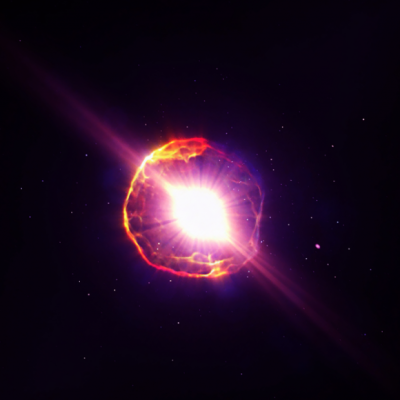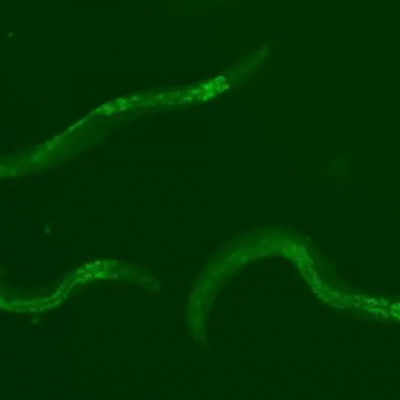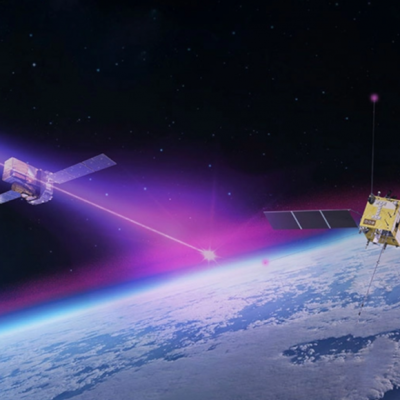Physicists have discovered a simpler method to generate ultrabright light, also known as coherent light, which could potentially be used in medicine. Currently, ultrabright light can only be produced using complex machines such as the Linac Coherent Light Source II (LCLS-II) at Stanford University, which can generate up to one million X-ray pulses per second. Ultrabright light is characterized by the synchronization of photons, which move together like a finely tuned orchestra. In contrast, incoherent light, such as sunlight, has photons that move independently of each other. Researchers at the University of Lisbon have discovered a method to generate coherent light without the need for a free-electron laser (FEL). They used a complex computer simulation to determine the properties of quasiparticles, which consist of multiple electrons moving synchronously. These quasiparticles can theoretically withstand the gravity of a black hole and move faster than the speed of light, and can also form a new source of light.
The use of quasiparticles as a light source is relatively simple, making it suitable for demonstrations in existing laser and accelerator facilities. However, this new light source is still a theory that has not been experimentally tested. In the future, this technology could be used in medicine, such as in radiation therapy, and could also make the production of computer chips simpler and cheaper. Additionally, it could be used in astronomy to study the matter of objects in space.
This discovery is significant because ultrabright light is essential in many fields, including physics, chemistry, and biology. The ability to generate coherent light without the need for a complex machine could lead to new applications and advancements in these fields. The potential use of this technology in medicine and astronomy also highlights the importance of interdisciplinary research and collaboration.







-400x400.jpg)


